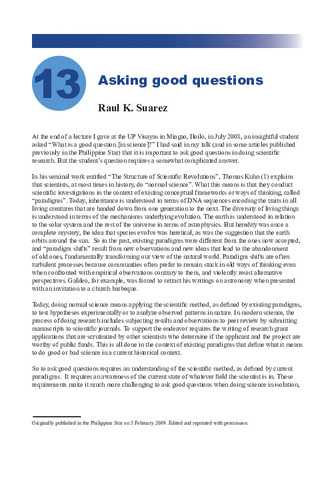Metabolic rate characteristics and sediment cleaning potential of the tropical sea cucumber Holothuria scabra
- Global styles
- MLA
- Vancouver
- Elsevier - Harvard
- APA
- Help
Share
นามธรรม
The oxygen consumption rate (OCR) and ammonium excretion rate (AER) of a tropical sea cucumber, Holothuria scabra, were determined in laboratory experiments. OCR and AER exhibited a significant negative correlation to body weight (BW), expressed as a power function of \(\mathrm{BW:}\; \mathit{OCR} = 0.09 \times BW^{-0.58}(\mathrm{mgO_{2}/g/h, r^{2}=0.89, n=15})\) and \(AER = 0.38 \times BW^{-0.19}\) \((\mathrm{\mu\text{molN/g/h}}, \mathrm{r^{2}=0.54}, n=15)\). These values were comparable to those in previous studies on other sea cucumber species. The OCR of shrimp tank sediment was reduced to less than half \((4.5 \pm 0.3 \mathrm{\;to\;} 1.0 \pm 0.1\;\mathrm{mgO_{2}/gdry/h)}\) by the ingestion and excretion process of H. scabra. Acid volatile sulfide (AVS-S) concentration was also decreased to less than half (0.67 to 0.31 mgS/mgdry); despite the low reduction rates of organic carbon and nitrogen contents (0.19 to 0.14 mgC/mgdry and 0.022 to 0.019 mgN/mgdry, respectively). These results suggest that components in the sediment with high oxygen consumption potential were removed by H. scabra. These findings also provide fundamental information with which to evaluate the quantitative role of H. scabra in polyculture with shrimp.
การอ้างอิง
Kodama, M., Sumbing, J. G., Lebata-Ramos, M. J. H., & Watanabe, S. (2015). Metabolic rate characteristics and sediment cleaning potential of the tropical sea cucumber Holothuria scabra. Japan Agricultural Research Quarterly , 49(1), 79-84. https://doi.org/10.6090/jarq.49.79
Type
ArticleISSN
0021-3551; 2185-8896คอลเลกชัน
- Journal Articles [1256]
Related items
Showing items related by title, author, creator and subject.
-
Asking good questions
Suarez, Raul K. (Aquaculture Department, Southeast Asian Fisheries Development Center, 2010)Originally published in the Philippine Star on 5 February 2009. Edited and reprinted with permission. -
The effect of dietary protein-energy levels on growth and metabolism of milkfish (Chanos chanos Forsskal)
Coloso, Relicardo M.; Benitez, Lita V.; Tiro, Leonardo B. (Elsevier, 1988)- Groups of milkfish juveniles (mean weight, 2.8 g) were fed diets containing white fishmeal and gelatin with varying protein-energy to total metabolizable energy (PE:TME) ratios.
- Amino acids were incorporated ...
-
Metabolism of cysteine to taurine by rat hepatocytes.
Stipanuk, Martha H.; Bagley, P.J.; Banks, Mark F. (Plenum Press, 1992)During the past two decades, many investigators have assumed that the major locus of regulation of cysteine catabolism is the partitioning of cysteinesulfinate between its decarboxylation and transamination pathways. Hepatic ...





